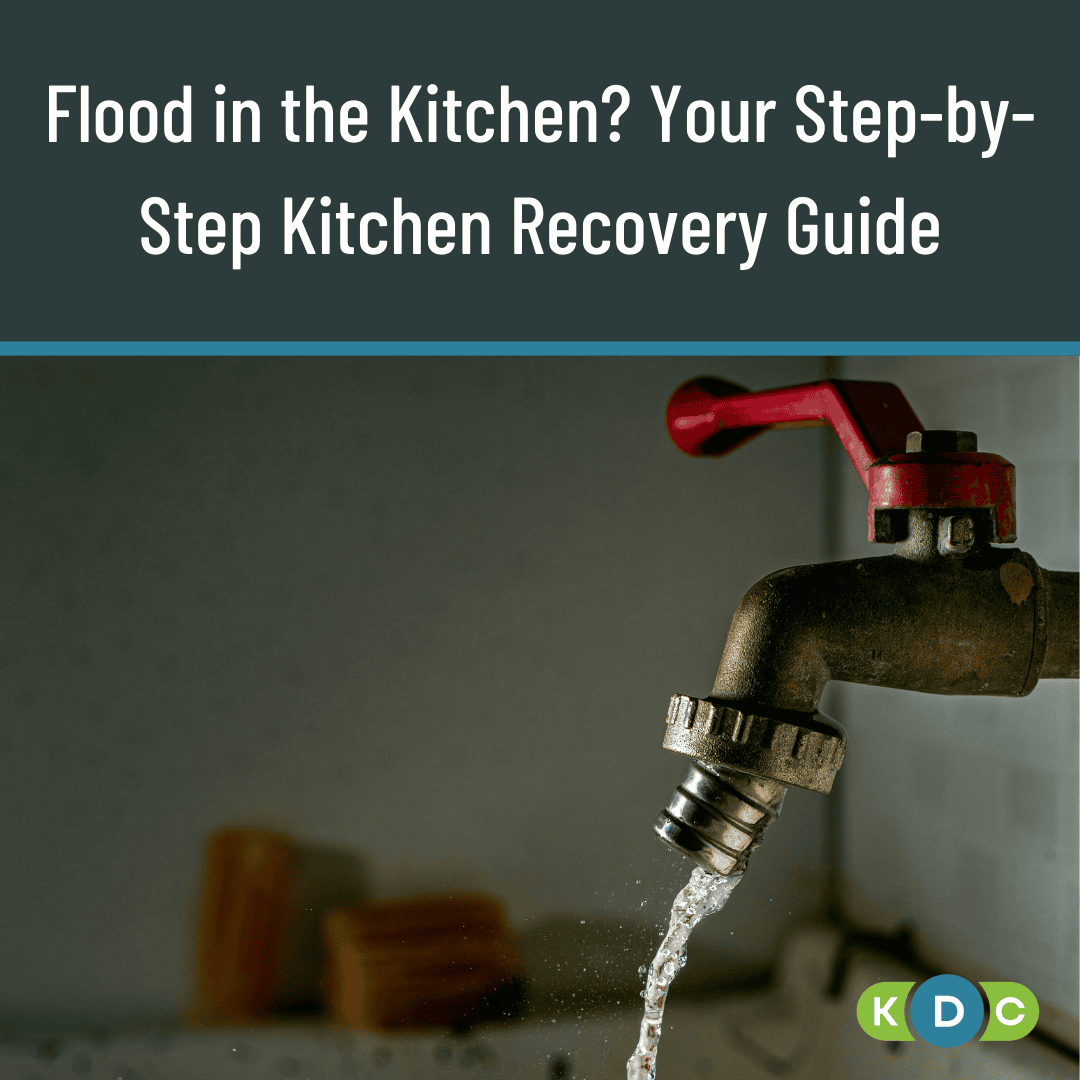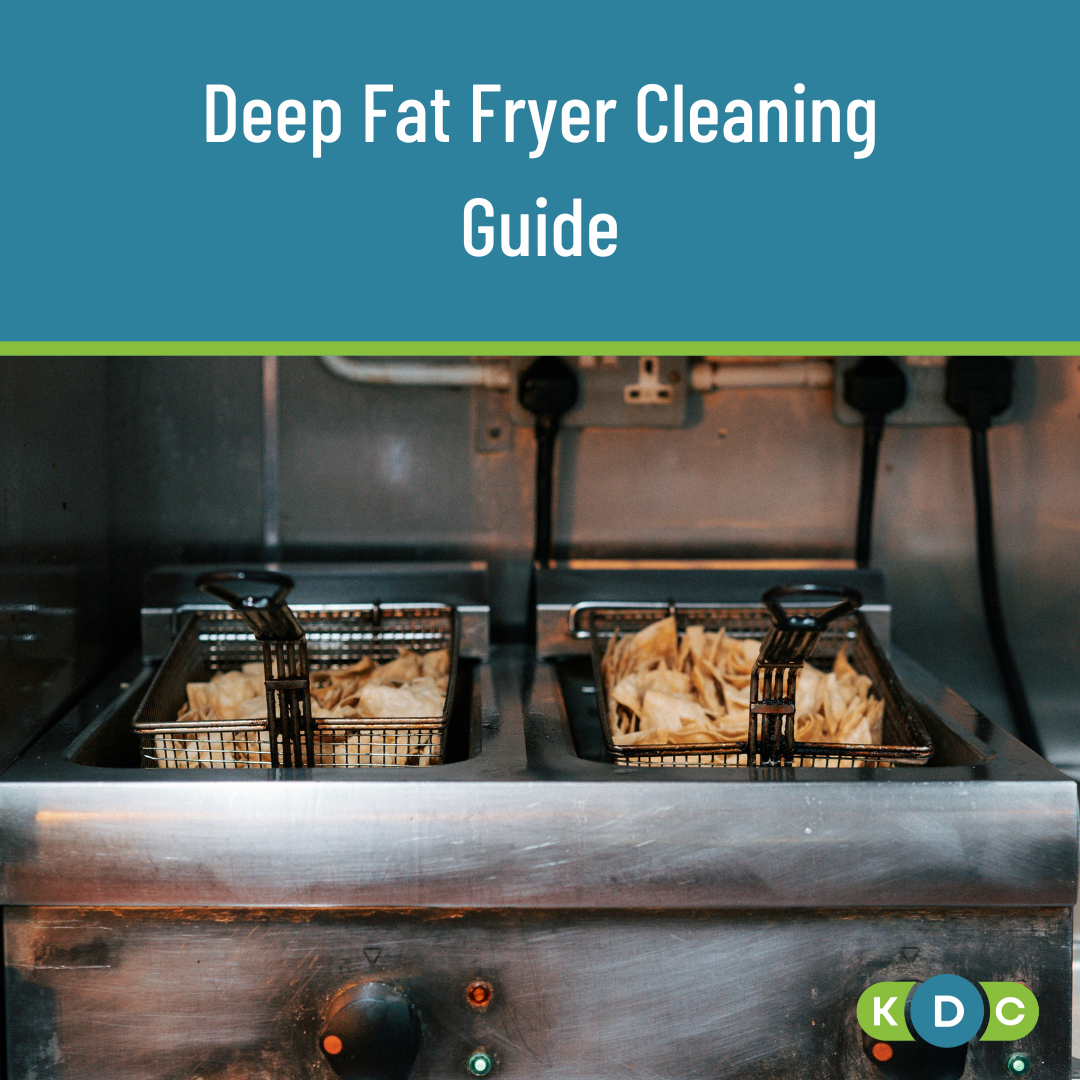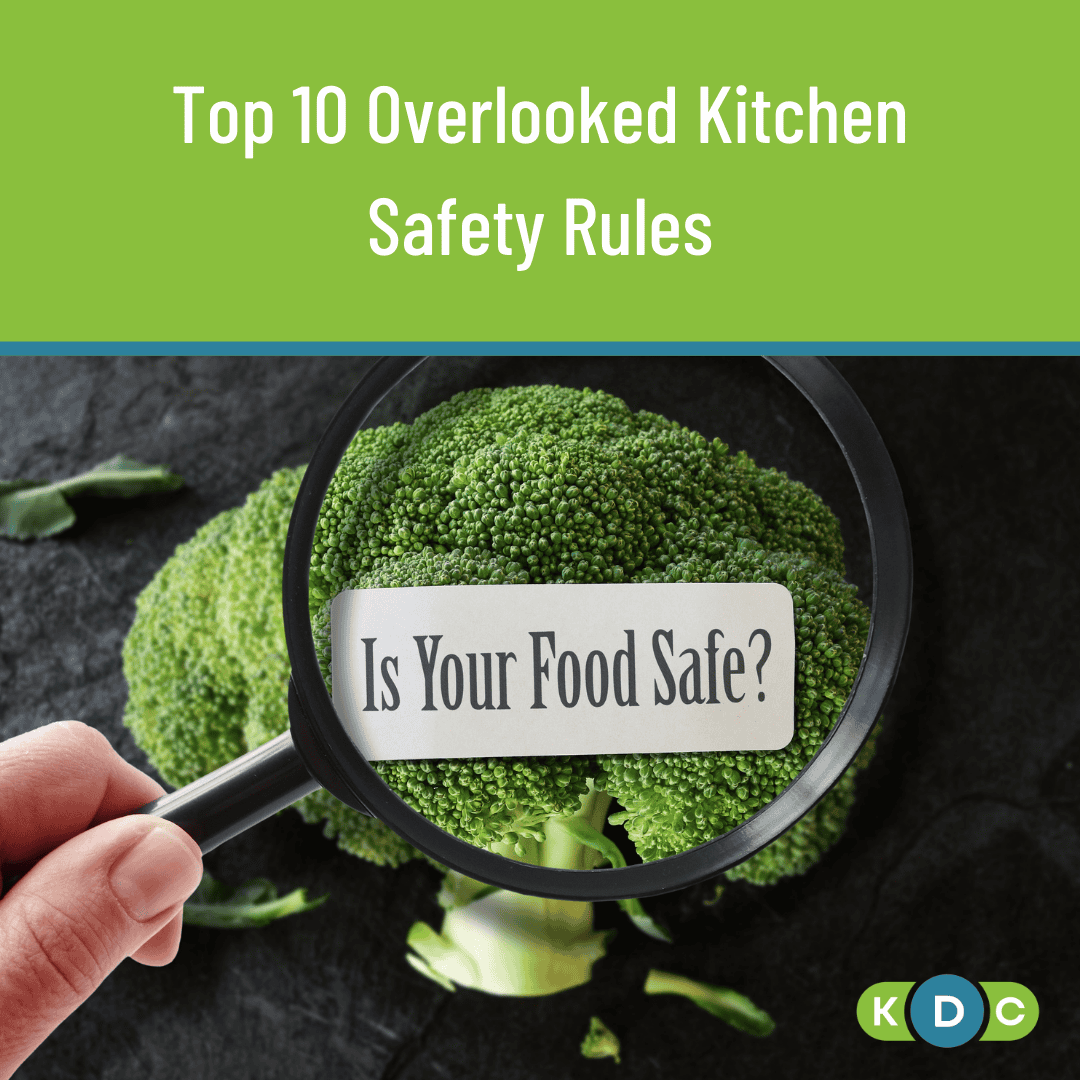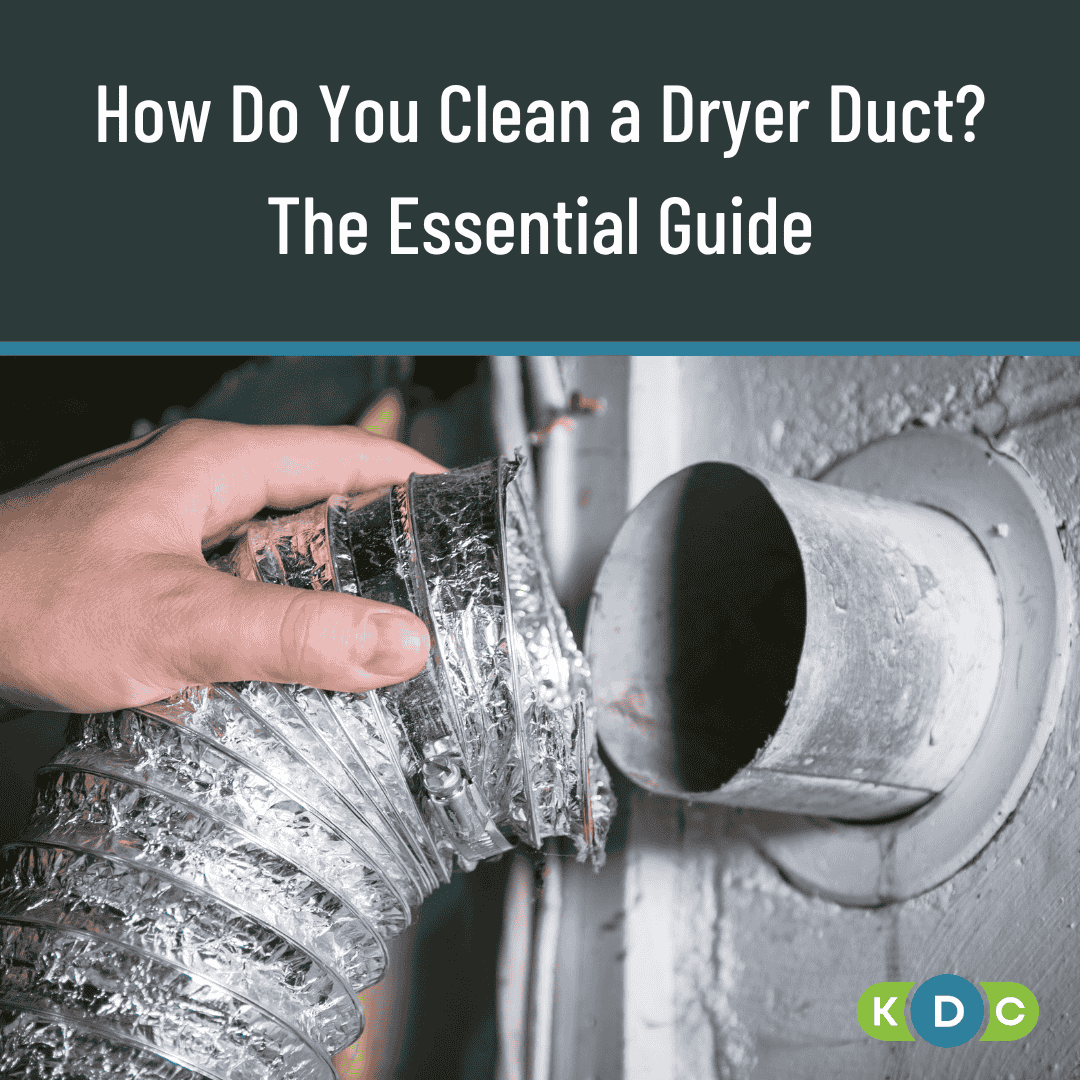Flood in the Kitchen? Your Step-by-Step Flooded Kitchen Recovery Guide
Learn what to do when kitchen floods hit. From safety to deep cleaning, mould prevention and insurance claims, restore your kitchen with confidence.
Walking into a flooded kitchen is like finding your worst nightmare has come to life. It’s even worse than burning the Sunday roast or realising you’ve run out of teabags. For any restaurant, hotel, hospital, caterer, or school kitchen, a flood in the kitchen isn’t just bad luck – it’s a proper emergency impacting public health and costing thousands in restaurant flood damage in the UK.
The aftermath of a flood can be overwhelming, and flooding can cause significant challenges to the mental health and wellbeing of owners and staff alike. This step-by-step guide will walk you through exactly what to do when kitchen floods strike, helping you tackle your emergency kitchen cleaning response. Swift flood recovery is your best bet for preventing your flooded kitchen from turning into a long-term headache.
Step 1: Immediate Actions – Safety First
The first moments after discovering water everywhere are critical for safety and damage limitation in your home or business. Here’s what you need to do:
Turn Off the Water Supply
Find that stopcock and shut it off to prevent further water damage to the affected area. In commercial kitchens, this might be tucked away in a basement or utility room. If water keeps gushing in after, you’ve likely got a burst pipe that needs emergency attention.
Cut the Electricity
Head to your consumer unit (fuse box) and switch off electricity to affected areas. Yes, that dusty box you never open unless the lights go out – now is its time to shine. Water and live electrics are deadly, so if you see water around electrical fittings, call a qualified electrician immediately.
This is proper water damage clean up 101, whether you’re dealing with kitchen flood emergency cleaning in London or anywhere else.
Work Out What’s Gone Wrong
Figure out the source. Burst pipe, faulty washing machine, or external floodwater? Knowing what’s caused the chaos is vital for permanent repair.
Document Everything
Contact your insurer straight away and take photos of the damage from every angle. This documentation is crucial for your flooded restaurant insurance claim, so don’t dispose of flood-damaged items until your insurer advises.
Step 2: Assessing the Damage and Safeguarding Health
Understanding what you’re dealing with and the type of floodwater causing flooding will dictate your next moves.
Know Your Water Types
Different types of floodwater come with different risks:
- Clean water: From supply lines − least risky.
- Greywater: From dishwashers − contains harmful bacteria.
- Blackwater: Sewage or external floodwater crawling with harmful pollutants or contaminants – a serious public health risk
Safety Kit is Essential
Anyone cleaning up after a flood needs proper protective gear – rubber boots, waterproof gloves, overalls, face masks and eye protection such as goggles. After each session, wash hands thoroughly with warm water and soap, especially if you come into contact with floodwater.
These precautions help you avoid exposure to floodwater and check for any health concerns.
Food Safety Can’t Wait
For food businesses affected by flooding, chuck out everything that’s touched floodwater or sewage – open packets, sealed tins, bottles, the lot. If power’s been off for more than four hours, fridge and freezer contents must go, too.
Contact your local health service for specific advice and ensure all kitchen items get a thorough ‘clean and disinfect’ treatment.
Step 3: Water Removal and Initial Drying
Quick action to help reduce secondary damage and prevent mould growth is essential.
Remove Standing Water
Start removing standing water using industrial wet/dry vacuums or pumps. Never use household hoovers as this is dangerous. Move furniture or equipment to make flood cleanup easier.
Get the Air Moving
Once standing water’s gone, open windows and doors for natural ventilation. Bring in industrial fans and dehumidifiers to speed up the drying process. Keep cabinet doors open for airflow.
The faster you dry everything, the better your chances of preventing mould and saving structural elements. This includes cleaning and drying every affected area. Think of it as giving the place a blow-dry before it catches a cold.
Step 4: Deep Cleaning and Disinfection
Thorough, deep cleaning is essential to restore a hygienic environment and mitigate the results of the flood.
Hard Surfaces First
Scrub floors, walls and countertops with hot soapy water, then follow with food-safe disinfectant. Pay attention to tiles where bacteria lurk and don’t forget under appliances. Make sure you attend to all those commonly-overlooked areas in the kitchen. Clean drainage systems, including grease traps, thoroughly.
Food Prep Areas Need Special Attention
Meticulously clean and sanitise food prep areas, your kitchen sink and fridge interiors. Check appliances for water damage. Anything gas or electrical must be checked by a qualified engineer before switching back on. The kitchen floor can affect appliance integrity if water sits within your kitchen too long.
Deal with Furnishings
Wooden furniture needs careful drying to prevent warping. Soft furnishings may need professional cleaning or disposal if contaminated. Bin any damaged furniture or equipment that can’t be properly cleaned.
Step 5: Mould Prevention and Structural Checks
Preventing mould is crucial, as it can start growing within 24-48 hours if moisture persists.
Keep fans and dehumidifiers running until everything’s bone dry, including hidden areas. Check walls, door frames and cabinets regularly for signs of damp or mould. Small patches can be tackled with shop-bought solutions, but if mould is extensive, you’ll need to contact a specialist cleaner for the affected area.
Check for structural damage to walls and weight-bearing elements. For major issues, get professional help. Don’t attempt big repair jobs until everything’s completely dry. This vigilance following a flood ensures long-term safety.
Step 6: Professional Help and Insurance
For severe floods, extensive water damage, or complex repairs, engage flood restoration specialists or professional cleaning companies like KDC Hygiene Ltd. Recovery agencies and people may require access to your premises during this phase.
Work closely with your insurer and provide all documentation. The Association of British Insurers and National Flood Forum offer support for your flooded restaurant insurance claim.
The recovery process can be stressful, so those affected by the flood shouldn’t underestimate the impacts of flooding on mental health. One study by Public Health England (PHE) revealed that individuals who’d been affected by flooding were more prone to exhibit symptoms of post-traumatic stress disorder (PTSD), depression, and anxiety disorders during the period from six months up to three years after the flooding event. Your local NHS talking therapies service can help to identify further sources of support. Contact your GP, Samaritans or call NHS 111 for advice on how to deal with these challenges, as NHS Better Health resources are available.
Step 7: Future Flood Resilience
The UK faces substantial costs – around £1.3 billion annually − from flood and water damage. Understanding your flood risk and investing in flood preparedness prevents future problems.
- Consider water-compatible materials and elevating appliances.
- Review drainage systems and register for flood warnings from the Environment Agency.
- Prepare a flood kit with protective equipment and know how to turn off your gas and electric supply and water supply quickly.
An action plan drawn up in advance saves time. Training staff in basic psychological first aid supports wellbeing and familiarising yourself with your local flood warden provides community support. Search for “Community Flood Warden” or “flood information” on your local council’s site.
For those designing, re-designing or renovating their commercial kitchen, GOV.UK has a leaflet that illustrates design ideas, with case studies and suggestions for the type of changes that could be made when designing a a flood-resilient kitchen.
Getting Back on Track
This guide to flood recovery helps minimise damage and restore operations effectively. The recovery phase following a flood can be extensive, which is why professional support ensures your kitchen meets the standards customers deserve.
For comprehensive help recovering from a flood and getting your kitchen spotless again, KDC Hygiene Ltd. are your trusted partners in professional kitchen deep-cleaning. Give us a bell and we’ll have your kitchen shipshape in no time.
Frequently Asked Questions
What should I do first if I discover a flood in the kitchen?
Turn off the water supply at the stopcock and cut the electricity in affected areas. Safety comes first before any clean-up.
How do I know if floodwater is dangerous?
Floodwater can be clean, grey, or black. Greywater and blackwater carry bacteria and contaminants, making them a public health risk.
Can I keep food after a kitchen flood?
No. Discard anything touched by floodwater, including sealed tins and packets. If power’s been off more than four hours, bin fridge and freezer contents, too.
How do I prevent mould after water damage?
Remove standing water quickly, keep fans and dehumidifiers running, and check hidden areas. Mould can start within 24-48 hours if moisture lingers.
Will my insurance cover a flooded kitchen?
Yes, but you’ll need photos, documentation and insurer guidance. Flooded restaurant insurance claims require evidence before items are disposed of.













